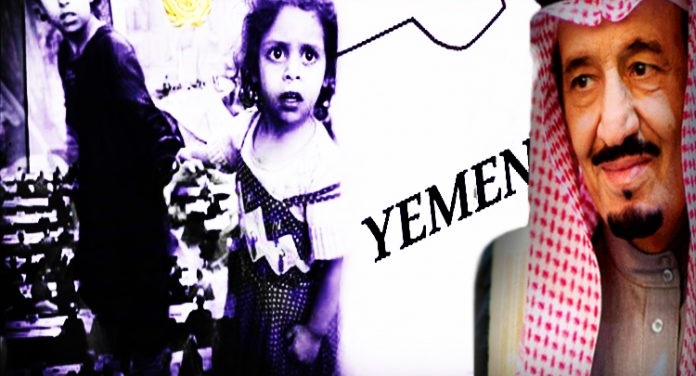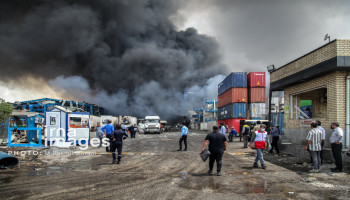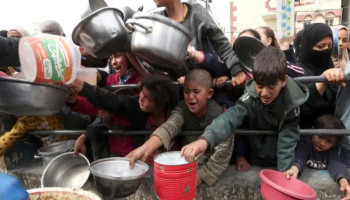The amount of military spending within Saudi budgets in its led-coalition against Yemen during the past five years exceeded its spending on the education and health sectors, reaching 20.9% of the total government spending.
The financial statements of Saudi budgets revealed that military spending allocations from 2016 to 2020 exceeded 273 billion dollars, an increase of 71 billion dollars over the amount spent on the health sector.
The United States of America topped the list of arms suppliers to Saudi Arabia, especially after Donald Trump took office in January 2017. The deal concluded on his first visit to Riyadh amounted to $110 billion.
The arms deal, which Trump described as a "supposed achievement" and that "provides a million jobs," totaled $470 billion over 10 years, as Saudi investments in various US sectors.
Saudi Arabia decided to reduce its military expenditures as part of austerity measures, in the face of exacerbating the burden of military spending on the Saudi public treasury in light of the decline in oil prices and the stoppage of revenues for Hajj and Omera seasons, following the repercussions of the corona epidemic.
According to the Kingdom's budget data for 2020, the Riyadh government has allocated 18% of its budget to military spending, at a value of $48.5 billion, with a decrease of 5% over 2019, amounting to $51 billion.
The budget document issued by the Ministry of Finance in Saudi Arabia showed that the military sector fell to second place among the financial allocations for the spending sectors after the education sector, to precede the health sector.
But the budget document showed that the Saudi government spent 23.5% of the first-quarter budget on the military sector, at a value of $ 14.2 billion, up 6 percent from the corresponding period of 2019.
Saudi Arabia's arms imports during the past five years (2015-2019) accounted for $17.69 billion in conjunction with the start of its military-led coalition war on Yemen, with US and British support.
Data from the Stockholm International Peace Research Institute (SIPRI) show that in 2019 Saudi Arabia, the world's fifth largest military spending, saw its arms imports rise 8.7% to $ 3.67 billion.
According to the "Anatolia" survey, the United States acquired nearly three quarters of the weapons imported by Saudi Arabia during this period, at a value of $13.01 billion, representing 73.5% of the five-year imports.
In second place among the 22 countries from which Saudi Arabia imports weapons, the United Kingdom came with a value of $2.22 billion, equivalent to 12.6%, out of a total of $61.9 billion in arms imports value as of 2019.
The Saudi regime decided, last Monday, to triple its value added tax rate and suspend a cost of living allowance for state employees starting from next June, seeking to shore up finances hit hard by low oil prices and a coronavirus-driven slowdown.
Saudi austerity measures to face the global economic consequences of the corona epidemic and its implications for the Kingdom, include raising the value-added tax rate from 5% to 15%, starting from July 2020 to meet the expected budget deficit.
Observers believe that "Saudi Arabia's continued leadership of the war in Yemen, despite the economic collapse that started early, confirms that the decision to stop the war on Yemen is not actually in the hands of Saudi Arabia, as much as it is American and British in the first place."
Source: Websites.







